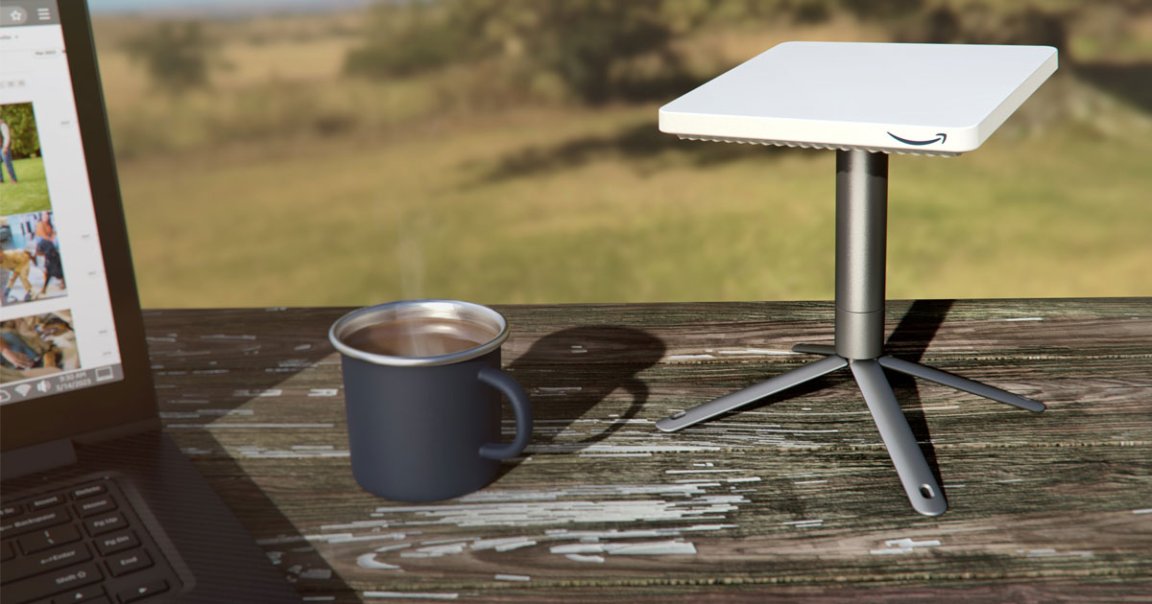
Stiff Competition
SpaceX’s broadband-beaming Starlink satellites may soon be facing some stiff competition, because Amazon has been working on a satellite network of its own called Project Kuiper.
This week, the company revealed its newly designed terminals that can connect customers to the internet from essentially anywhere in the world.
But there’s one huge catch: while SpaceX has sent over 3,500 satellites to low-Earth orbit, Amazon has yet to launch a single one, meaning that it’ll be a considerable time until Amazon will be able to launch its service worldwide.
Downsized Upgrade
At only 11 inches in height and width and a single inch in thickness, Amazon’s standard “customer” terminals — as it chooses to brand them — are notably smaller compared to competitors, and weigh less than five pounds. To put those numbers into perspective, Starlink’s smallest available terminal is nearly double the size and a little over nine pounds.
Amazon says that, despite the small form factor, the customer terminal “will be one of the most powerful commercially available” of its size, providing speeds up to 400 megabits per second. Although, don’t expect that to be the average speed, especially as more customers are brought on board if users’ experiences with Starlink are anything to go by.
Amazon’s terminals could also be a lot cheaper, too. After a price hike last year, Starlink’s kit will currently set you back $599. Amazon claims it “expects” to produce the terminals for under $400 a piece. How much that ends up costing the customer remains to be seen, however.
Great and Small
In addition, Amazon flaunted an even smaller terminal for those on the go, or for those who are willing to forfeit faster speeds for a cheaper connection, though its exact cost has not been disclosed. Capped at 100 Mbps, this “ultra-compact” model is square-shaped and a mere seven inches in length, meaning that it’ll probably be dwarfed by even a laptop hooked up to it.
A large, high-bandwidth model was also revealed and is a hefty 19 by 30 inches in size. That’s bigger than Starlink’s beefiest and fastest terminal, but the payoff is that you get up to a gigabit per second in speed.
Clearly, Amazon is getting serious about giving Starlink a run for its money. But before Project Kuiper can take off, it’ll need to get its satellites airborne.
The company expects to launch its first two prototypes this year, and has received approval from the Federal Communications Commission to deploy a total of 3,236 satellites.
Still, without a single satellite in orbit, expect to wait at the very least a year before Amazon’s service is available.
More on commercial satellites: Elon Musk’s SpaceX Satellites Are Messing Up the Hubble Space Telescope